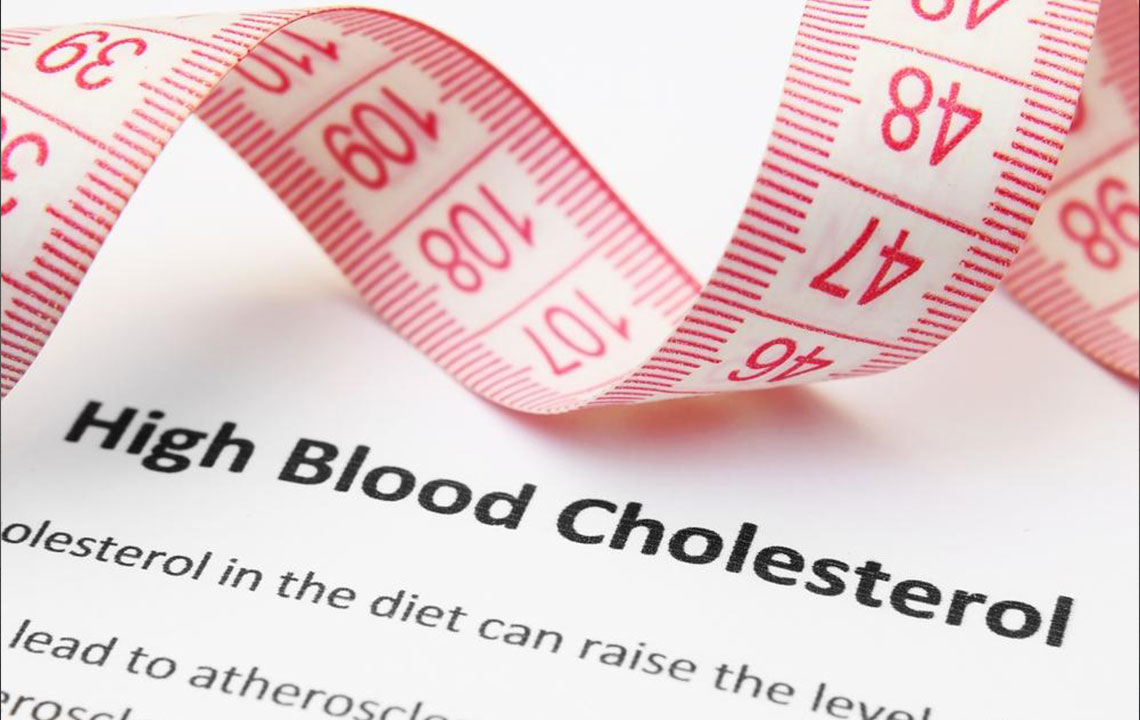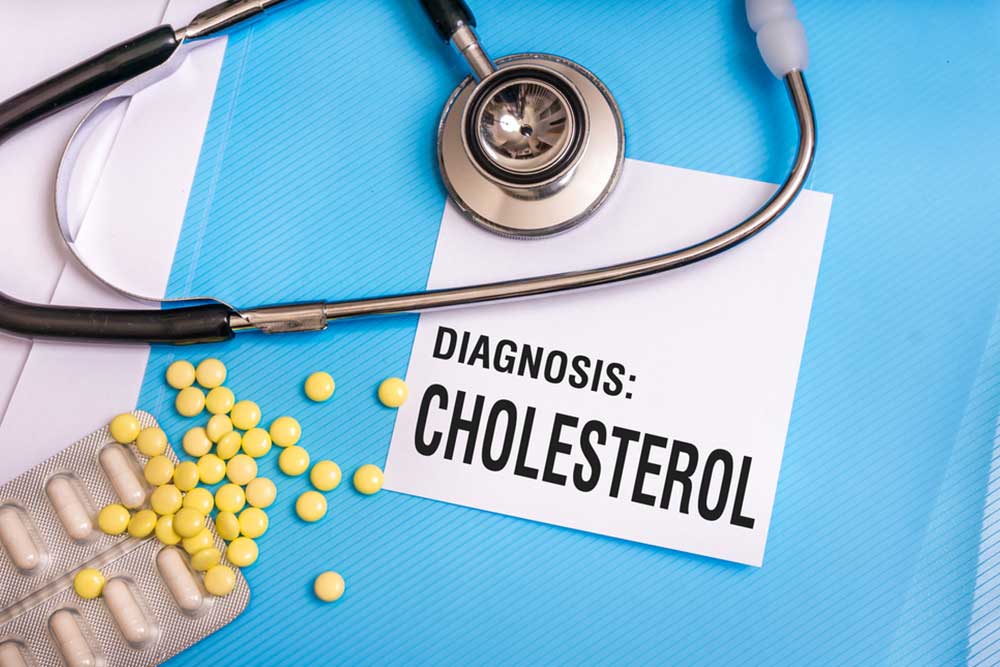Understanding Cholesterol Levels and Heart Health
Learn about the importance of monitoring cholesterol levels for heart health. This guide covers key cholesterol types, factors affecting levels, and effective lifestyle changes to maintain optimal cholesterol. Regular check-ups, balanced diet, and physical activity are essential for reducing cardiovascular risks and enhancing overall wellbeing.

Understanding Cholesterol and Its Impact on Heart Health
Key terms include total cholesterol, LDL, and HDL. Total cholesterol combines LDL and HDL levels. LDL contributes to artery blockage, while HDL helps clear excess cholesterol. Factors like diet, weight, activity, age, gender, and genetics influence cholesterol levels.
Diet impacts cholesterol; reducing saturated fats can lower LDL. Maintaining a healthy weight and engaging in regular exercise are vital for balancing cholesterol levels. Age and gender also play roles, with levels tending to rise over time and post-menopause in women. Genetics can predispose individuals to higher LDL levels, emphasizing the importance of lifestyle management.
Cholesterol readings are categorized: less than 200 mg/dL is desirable, 200–239 mg/dL is borderline high, and 240 mg/dL or more is high. LDL levels below 100 mg/dL are optimal, 100–129 mg/dL are near optimal, and higher levels indicate increased risk. HDL under 40 mg/dL raises heart disease risk, while 60 mg/dL and above are protective.
To lower cholesterol, adopt a heart-healthy lifestyle: consume nutrient-rich foods like fruits, vegetables, whole grains, and non-fat dairy, and limit saturated fats. Regular physical activity, at least 30 minutes daily, can significantly improve your cholesterol profile. Maintaining these habits promotes cardiovascular health and overall well-being.
In conclusion, proactive management of cholesterol through diet and exercise is key to preventing heart disease and fostering a healthy life.










